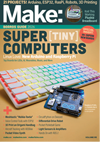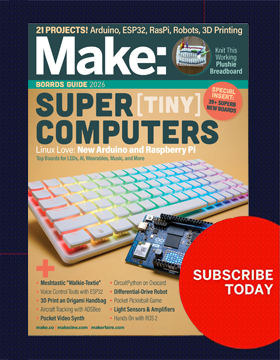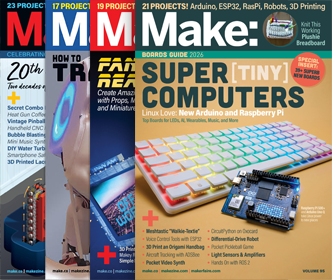Jaw-dropping “unmixing” demo appears to reverse entropy
I identify as a scientist, but I gotta admit: When I saw this video from Steve Spangler Science, my first impulse was to jump back from the computer, cross myself, and douse the screen with holy water. It reminded me of a line from John Carpenter’s underappreciated 1987 horror movie, Prince of Darkness:
And we assume time is an arrow because it is as a clock…Cause precedes effect – fruit rots, water flows downstream. We’re born, we age, we die. The reverse NEVER happens…
Unless, apparently, you’re dealing with a system operating under conditions of laminar flow. Obviously, there is no real “violation” of the second law of thermodynamics, here, but because almost all of our intuitions about how liquids are going to behave are formed under conditions of turbulent flow, it sure does seem like it.





